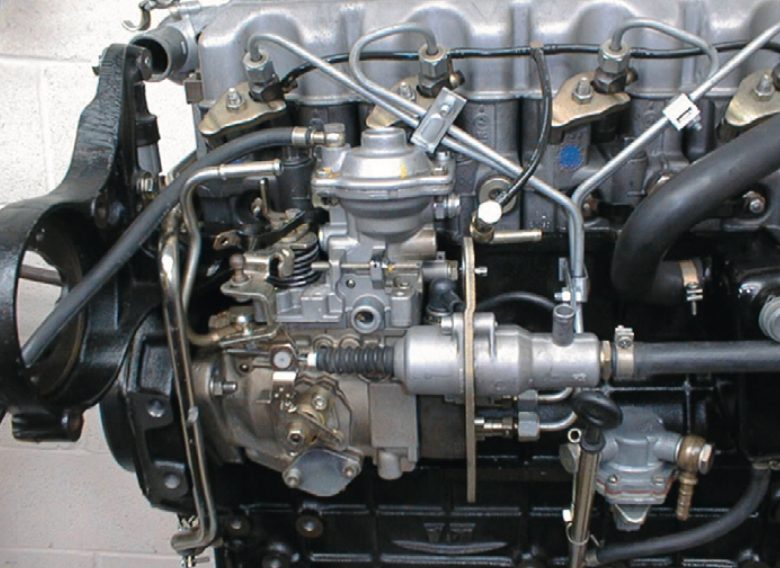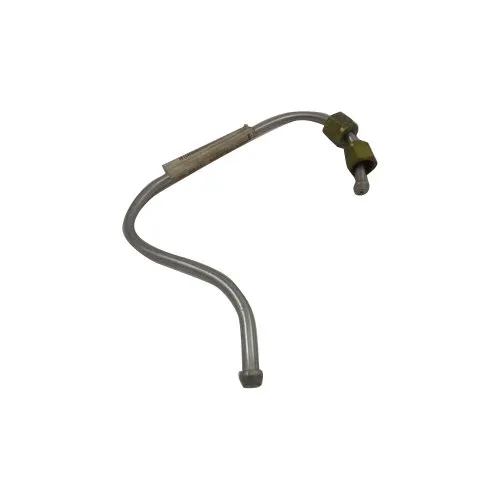Pipes and injectors are essential components of many industrial and manufacturing processes. Pipes are used to transport fluids, gases, and other materials from one point to another, while injectors are used to introduce fluids, gases, or other materials into a process. In this blog, we’ll explore the basics of pipes and injectors, including their uses, types, and how they work.
Pipes
Pipes are used in a wide range of industries, including chemical processing, oil and gas, water treatment, and many others. They are typically made of materials such as metal, plastic, or fiberglass, and come in various shapes and sizes depending on the specific application.
The primary function of pipes is to transport fluids or gases from one location to another. This can be done through a variety of methods, including gravity, pressure, or suction. Pipes can be used to transport everything from water and oil to chemicals and gases.
Types of Pipes
There are many different types of pipes, each with its own unique properties and advantages. Some of the most common types include:
- PVC pipes: PVC pipes are made of a type of plastic called polyvinyl chloride. They are lightweight, easy to install, and resistant to corrosion.
- Copper pipes: Copper pipes are durable, long-lasting, and resistant to corrosion. They are often used in plumbing and heating systems.
- Steel pipes: Steel pipes are strong, durable, and can withstand high pressure and temperature. They are commonly used in the oil and gas industry.
- Fiberglass pipes: Fiberglass pipes are lightweight and resistant to corrosion. They are often used in the chemical processing industry.
Injectors
Injectors are devices that are used to introduce fluids, gases, or other materials into a process. They can be used for a wide range of applications, including chemical processing, water treatment, and oil and gas exploration.
The primary function of an injector is to introduce a specific substance into a process in a controlled and precise manner. Injectors work by using a combination of pressure, flow, and other factors to introduce the substance into the process.

Types of Injectors
There are several different types of injectors, each with its own unique properties and advantages. Some of the most common types include:
- Chemical injectors: Chemical injectors are used to introduce chemicals into a process. They are often used in the water treatment industry to introduce chlorine or other disinfectants into a water supply.
- Fuel injectors: Fuel injectors are used to introduce fuel into an engine. They are commonly used in automotive and aerospace applications.
- Hydraulic injectors: Hydraulic injectors are used to introduce hydraulic fluid into a system. They are often used in heavy machinery and industrial applications.
Conclusion
Pipes and injectors are essential components of many industrial and manufacturing processes. Pipes are used to transport fluids and gases from one location to another, while injectors are used to introduce specific substances into a process. There are many different types of pipes and injectors available, each with its own unique properties and advantages. Understanding the basics of pipes and injectors is essential for anyone working in the industrial or manufacturing industries.
Pipes
Pipes are used to transport various materials from one point to another. The materials transported can be liquids, gases, or slurries. Pipes can transport different types of materials such as water, oil, natural gas, sewage, chemicals, and more.
The transportation of materials through pipes can be done using different methods. Gravity is one method that can be used to transport liquids, such as water, from a higher elevation to a lower elevation. However, for gases and other materials, pressure is required to move them through the pipe.
The pressure required for transporting materials through pipes can come from a pump, compressor, or a pressurized container. Depending on the material being transported and the specific application, pipes can be made from different materials such as PVC, copper, steel, or fiberglass.
Pipes are also designed with different shapes and sizes depending on the application. For example, pipes used for water distribution are often larger than those used for transporting gas.
Injectors
Injectors are devices that are used to introduce substances into a process. The substance can be a liquid, gas, or powder. Injectors are used in many industries, such as the chemical processing industry, the water treatment industry, and the oil and gas industry.
The primary function of an injector is to introduce a specific substance into a process in a controlled and precise manner. This is important in applications such as water treatment where the introduction of chemicals must be precisely controlled to ensure safe and effective treatment.
The way injectors work varies depending on the type of injector and the application. Some injectors work by using pressure to force the substance into the process, while others use suction to draw the substance into the process.
One example of an injector is a fuel injector. Fuel injectors are used to introduce fuel into an engine in a precise and controlled manner. The fuel is sprayed into the combustion chamber where it mixes with air to create a combustible mixture.
Another example of an injector is a hydraulic injector. Hydraulic injectors are used to introduce hydraulic fluid into a system to create pressure that can be used to operate machinery. Hydraulic injectors are commonly used in the construction and heavy machinery industries.
Conclusion
Pipes and injectors are essential components of many industrial and manufacturing processes. Understanding their functions and applications is crucial in ensuring efficient and effective operation of these processes. Whether it’s transporting water through pipes or injecting chemicals into a process, these devices play a crucial role in modern industry.
Advantages and Disadvantages of Pipes and Injectors
Pipes and injectors are important components in many industrial processes. While they have several advantages, they also come with their own set of disadvantages. Here are some of the advantages and disadvantages of pipes and injectors:
Advantages of Pipes
- Efficient Transport: Pipes are an efficient way to transport fluids and gases over long distances. This can save time and money compared to other forms of transportation.
- Safe: When used properly, pipes can be a safe way to transport hazardous materials. This is because they can be designed to withstand high pressure and can be made from materials that are resistant to corrosion.
- Durability: Pipes are designed to last for many years, even in harsh environments. This can make them a cost-effective option for long-term projects.
- Versatility: Pipes can be used to transport a wide range of materials, including liquids, gases, and slurries. This makes them a versatile option for many different applications.
Disadvantages of Pipes
- Installation: Installing pipes can be a time-consuming and costly process. This is especially true for large-scale projects that require the installation of many pipes.
- Maintenance: Pipes require regular maintenance to ensure they continue to function properly. This can add to the overall cost of the project.
- Leakage: Pipes can leak, which can result in the release of hazardous materials. This can be dangerous for workers and the environment.
Advantages of Injectors
- Precision: Injectors can introduce substances into a process with a high degree of precision. This is important in applications such as water treatment, where the introduction of chemicals must be carefully controlled.
- Efficiency: Injectors can introduce substances into a process quickly and efficiently. This can save time and money compared to other methods.
- Safety: Injectors can be designed to minimize the risk of exposure to hazardous materials. This can help protect workers and the environment.
Disadvantages of Injectors
- Maintenance: Injectors require regular maintenance to ensure they continue to function properly. This can add to the overall cost of the project.
- Cost: Injectors can be expensive to purchase and install. This can be a barrier to entry for some companies.
- Complexity: Some types of injectors can be complex to operate and require skilled personnel to operate them. This can add to the overall cost of the project.
Conclusion
Pipes and injectors have several advantages and disadvantages. While they are important components in many industrial processes, it is important to consider these factors when deciding whether to use them in a particular application. By carefully considering these factors, companies can make informed decisions about which technology is best for their specific needs.









